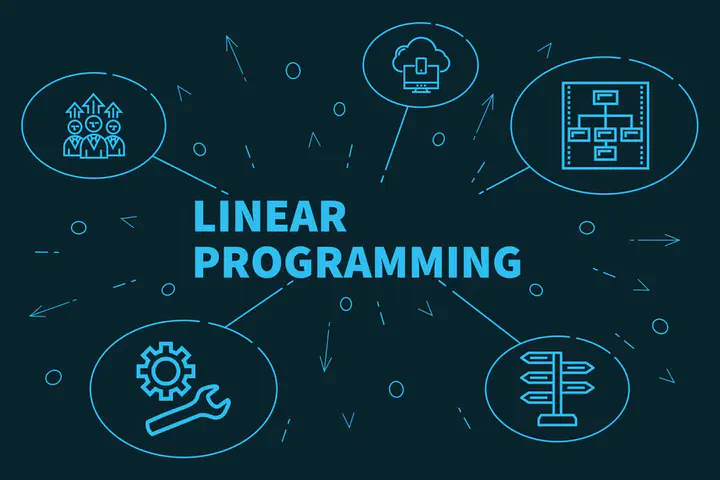Busting the Myth: Linear Programming's Power in Business 🚀

I’ve often heard comments like, “Linear programming is too theoretical” or “It has no real-world applications for managers.” Even some business schools question if it should be taught at all. Where does this misconception arise from?
- Complexity Disconnect: The mathematical notation and algorithms can seem intimidating, creating a perceived gap between theory and practice.
- Outdated Examples: Many textbooks rely on classic examples that only sometimes resonate with current business problems.
But here’s the thing…linear programming is a POWERHOUSE for management decision-making! 💪
Why Linear Programming Matters
- Optimization is Everywhere: From production planning to logistics optimization, many business problems boil down to maximizing or minimizing something (profit, revenue efficiency, etc.) under constraints. That’s the nature of linear programming.
- Data-Driven Decisions: Modern software tools make solving linear programs easier than ever, putting optimization at managers' fingertips.
Its applications span numerous domains:
- Manufacturing: Determining the optimal production mix and resource allocation
- Logistics: Optimizing transportation routes and shipment planning
- Finance: Portfolio optimization and capital budgeting
- Marketing: Optimizing advertising spend across channels
A Simple Illustration
Consider a small bakery that produces two types of bread: whole wheat and sourdough. The bakery has a daily production capacity of 200 loaves and can use up to 80 hours of labor. Each loaf of whole wheat bread requires 2 hours of labor and generates
To maximize daily revenue, the bakery can formulate this as a linear programming problem:
Maximize: 4x + 5y (Revenue from whole wheat and sourdough)
Subject to: 2x + 3y ≤ 80 (Labor constraint)
x + y ≤ 200 (Production capacity constraint)
x, y ≥ 0 (Non-negativity constraints)
The optimal solution is to produce 20 loaves of whole wheat bread and 20 loaves of sourdough bread, generating $180 in daily revenue.
While simplified, this example illustrates how linear programming can guide real-world operational decisions by accounting for multiple constraints simultaneously.
Conclusion
As AI and machine learning continue to revolutionize decision-making processes, the ability to formulate and understand optimization problems will become increasingly valuable. Rather than being rendered obsolete, linear programming skills will complement emerging technologies, enabling managers to frame problems effectively and interpret results meaningfully.
Embracing technical skills like linear programming fosters a culture of data-driven decision-making and equips organizations to navigate complex challenges proactively. In a world of ever-increasing complexity, those who can harness the power of optimization will gain a substantial competitive edge.
#linearprogramming #operationsmanagement #supplychain #optimization #datascience #analytics #optimizationtechniques #businessdecisions
Further Reading
Interesting article about George Dantzig, the father of Linear Programming: https://stanfordmag.org/contents/math-whiz-transformed-resource-management